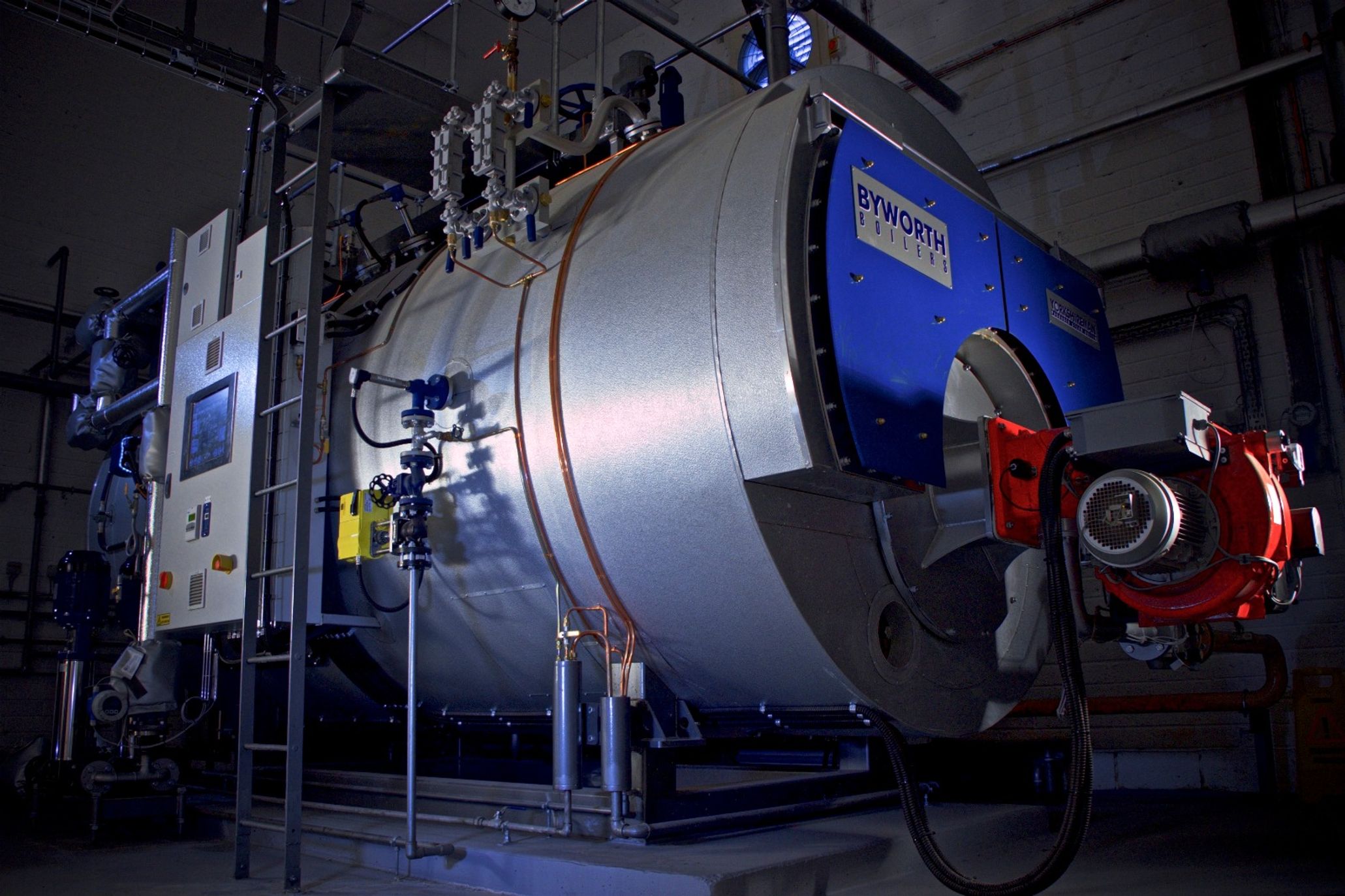Overview
An edible oil facility was having issues reliably maintaining steam pressures in the two plant steam headers and were also struggling to achieve capacity from their back pressure steam turbine after replacing coal boilers with a new, natural gas package boiler.
Though the focus of the project was energy efficiency improvements, there were cascading benefits to plant reliability and data availability.
Challenge
On top of reliability issues, the powerhouse was operating inefficiently. To compound issues, there was no data historian in the DCS.
Solution
CoolPlanet performed a full evaluation of the powerhouse by creating a detailed process model. The process model baselined the facility according to observed operations and the plant’s manual data entries for twelve months of operations. Many bottlenecks and inefficiencies were identified and established the path towards powerhouse improvements.
Though the focus of the project was energy efficiency improvements, there were cascading benefits to plant reliability and data availability. Once CoolPlanetOS was connected, the operators were able to study past data to determine the cause of upset events so that changes could be made to ensure those upset events did not happen again.
There were 5 primary energy efficiency improvements on this project
- Reduced DA pressure from 35 psig to 3.5 psig. The DA was legacy equipment from the coal boiler, and the DA pressure was set to protect the economizer for acid dewpoint corrosion. With the installation of the new, natural gas boiler, this was not necessary, but this wasn’t addressed in the capital project. CoolPlanet installed a new pressure control station and pressure transmitter to manage the DA at a lower pressure.
- Installed an air heater between the primary economizer and the condensing economizer on the new, natural gas boiler. This led to a more efficient boiler system.
- Re-routed blowdown where the flash steam was used in the DA and the drain condensate heat was recovered into makeup water.
- Shut off the older, less efficient boiler. Before this project, there was a considerable volume of steam being used to pressurize the DA. Once the DA pressure was lowered and the blowdown flash steam was recovered, there was enough steam from the new, natural gas boiler to provide steam to the entire plant. Once this boiler was shutoff and kept in hot standby, the new, natural gas boiler was ramped up to 90-95% capacity and all of this steam was passed through the back pressure steam turbine. With more high pressure steam through the backpressure steam turbine, more power was produced (~500kW), but also more superheated steam (turbine exhaust) was available for desuperheating which made even more saturated steam for the rest of the plant. This shifted steam production from 40% from a 73% efficient boiler and 60% from a 88% efficient boiler to 100% from the 88% efficient boiler (which was actually improved to 89% efficient).
- A bottleneck was identified in the makeup water line to the condensing economizer which severely limited the makeup water flow. The makeup water line size was increased which improved the utilization of the condensing economizer by over 40%.
In addition to energy efficiency improvements, CoolPlanet also identified critical processes that were manual that led to instances of boiler trips that led to lost production in the plant.
Results
Through discussions with operators and CoolPlanetOS data, these processes were automated. All in all, there were over 15% savings delivered while lowering the maintenance costs and improving the reliability of not only the powerhouse but the entire plant.



